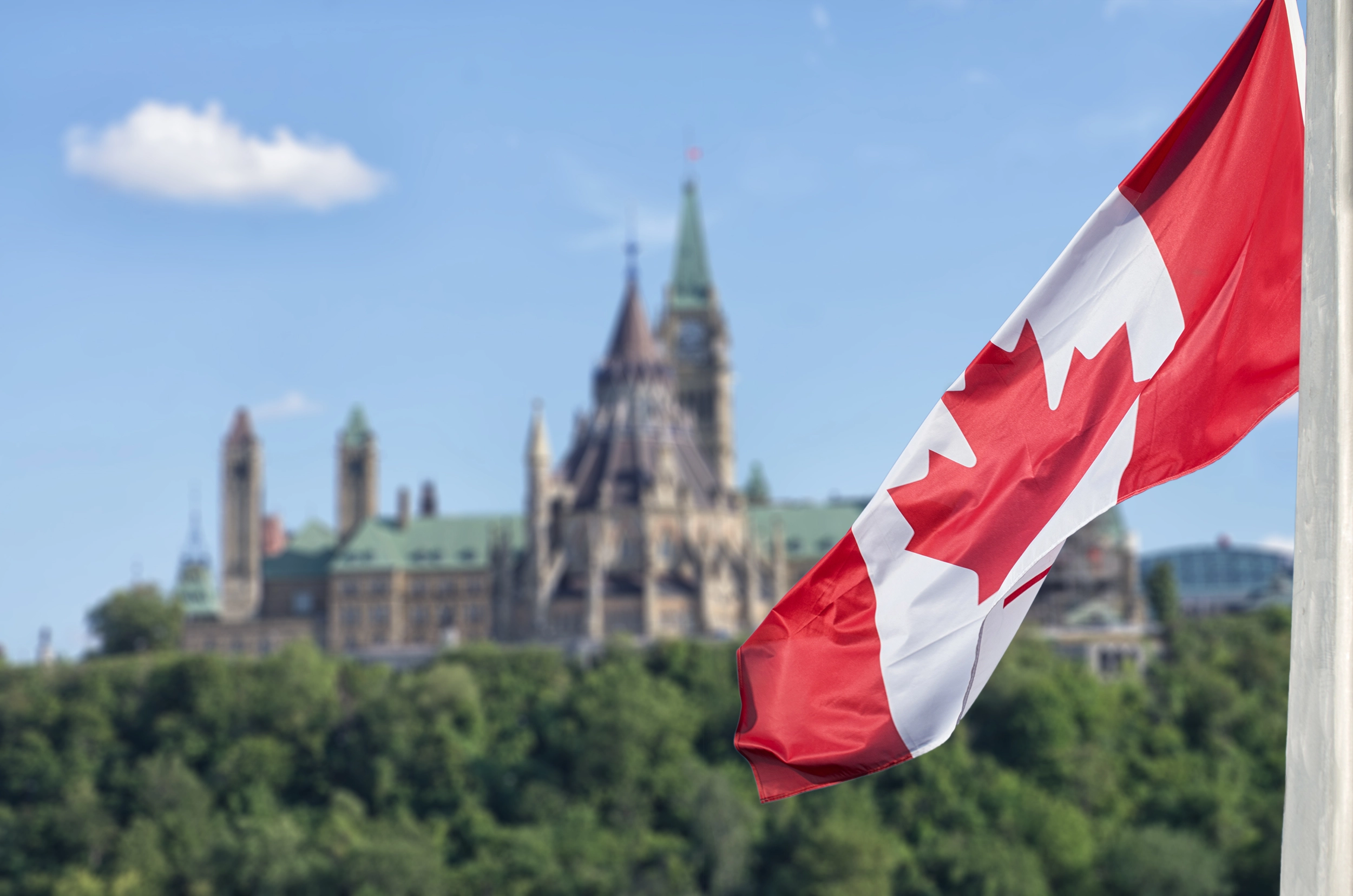
The 2025 Canadian federal budget introduces significant new spending, notable cuts, and program changes across ministries, with a focus on defense, housing, affordability, and targeted tax reforms. Several 'generational investments,' as described by Finance Minister François-Philippe Champagne, are designed to support economic growth, fulfill key policy goals, and cushion sectors impacted by recent tariffs and global uncertainty.
Ministry Breakdown of New Spending
National Defence
$9 billion additional spending by March 2025, with a commitment to reach 2% of GDP by NATO standard soon, and 3.5% by 2035 for core defense needs.
Housing & Infrastructure
$13 billion (initial) for Build Canada Homes agency to address housing supply.
Natural Resources / Energy
$2 billion for new small nuclear reactors in Darlington, Ontario.
Innovation & Strategic Funds
$5 billion for a new Strategic Response Fund targeting high-impact investments.
Employment Insurance
$3.6 billion over three years for temporary EI measures to absorb tariff disruptions.
Public Safety / Policing
$1.8 billion to strengthen federal policing, including new hires and tools.
Canada Revenue Agency
$77 million over four years to address non-compliance (especially trucking).
Gender Equality & Safety
$660.5 million over five years directed to new RCMP hiring and women’s safety initiatives.
Immigration & Labour
$97 million over five years for a Foreign Credential Recognition Action Fund.
Children's Programs
Permanent National School Food Program – expanded to more schools (supports up to 400,000 children); estimated $800/year grocery savings for families.
Taxation & Benefits
Automatic tax filing starting 2026 for low-income Canadians (reaching 5.5 million people by 2028). Eliminating GST for first-time homebuyers; cutting middle-class tax for 22 million Canadians.
Carbon Pricing & Climate
Consumer carbon tax cancelled; Canada Carbon Rebate payments conclude in FY2025.
Business Tax Credits
SR&ED enhancements (higher credit cap/reinstated eligibility), crypto-asset reporting rules, succession incentives such as expanded capital gains exemptions.
Federal Operations
Reduction in operations and waste to fund larger investments in key sectors.
Health & Social Transfers
$85.5 billion in elderly benefits; $54.7 billion Canada Health Transfer.
Debt Charges
$49.1 billion allocated for public debt servicing.
Deficit and Fiscal Highlights
The projected budgetary spending for 2025-26 is $486.9 billion: $222.9 billion voted authorities; $264 billion statutory authorities.
The deficit track could reach a ratio of 1.5% of GDP, a notable rise following current tariff and economic pressures. The debt-to-GDP ratio is expected to stabilize rather than decline.
Savings from an ongoing spending review are partially offsetting new expenditures, with a notable priority placed on investments to fuel economic growth over the long term.
Key Policy and Program Highlights
Automatic government benefits for low-income individuals, permanent school food program, and Canada Strong Pass for affordable travel.
Extensive reforms to federal tax, housing, gender equality, Indigenous partnerships, and small-business support.
Cancellation of divisive consumer carbon pricing, increased transparency in business tax compliance and reporting, and operational savings reallocated to priority areas.
Observations About Approach
The government is undertaking what it calls “generational investments,” continuing a shift towards a fall budget cycle to improve planning and transparency.
Significant program expansions are accompanied by belt-tightening in administration and a focus on “Buy Canadian” for procurement, housing and infrastructure investments.